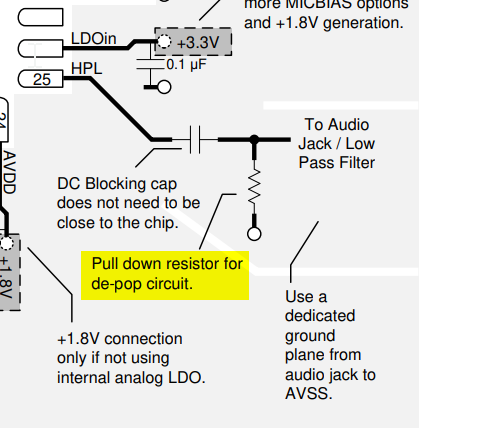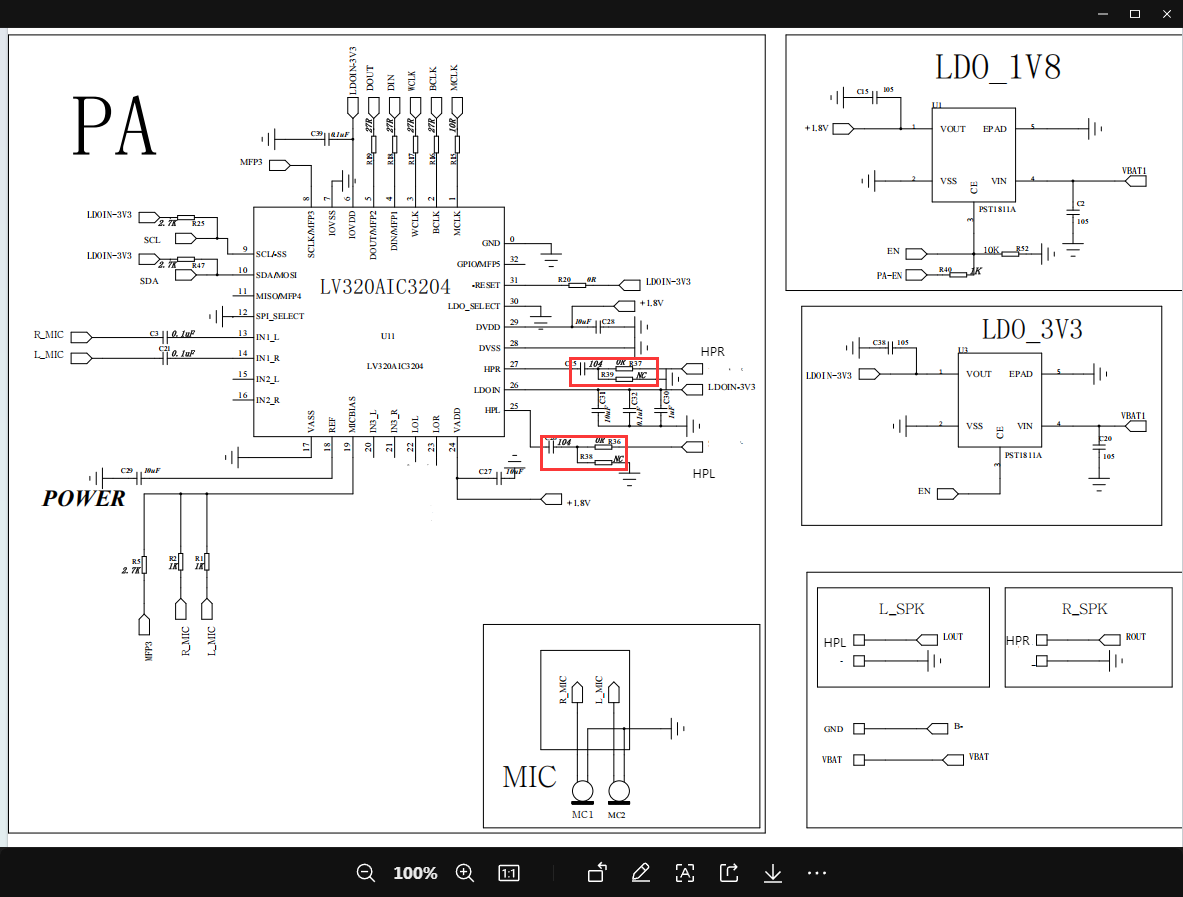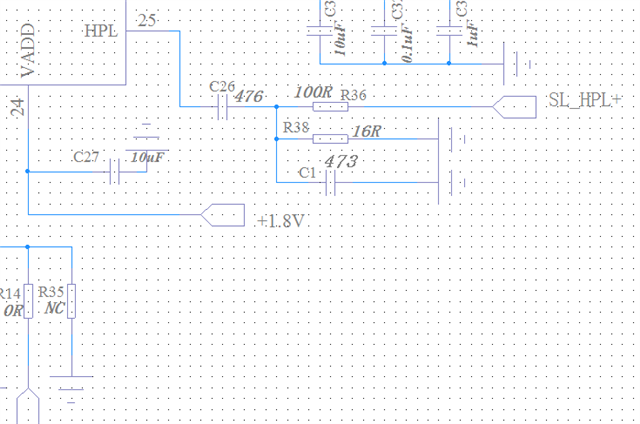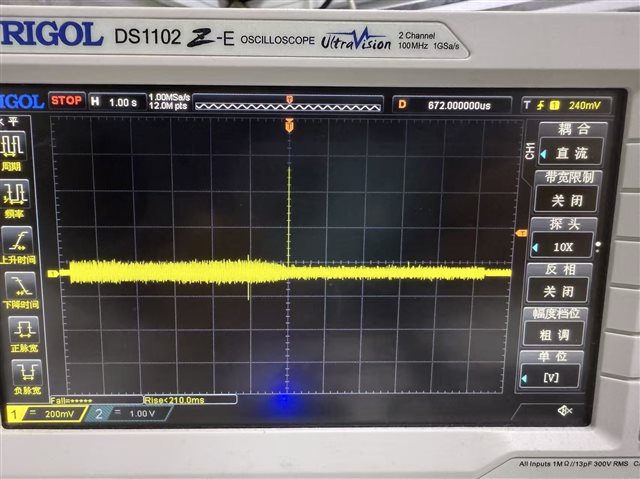Tool/software:
Hello,
I am currently using IN1L and IN1R to route to HPL and HPR outputs respectively. I have encountered a problem. When I power on the TLV320AIC3204 without making any register configuration, the speakers of HPL and HPR emit PIPA noise. When we were troubleshooting this issue, we found that when the positive and negative poles of the speaker were connected to HPL and HPR respectively, the PIPA noise disappeared. However, in this case, there were no left or right channels. We need to connect the speaker to HPL and GND, and there is no PIPA noise when HPR and GND are connected. Please help solve the above questions. Thank you.
Here is our schematic diagram:
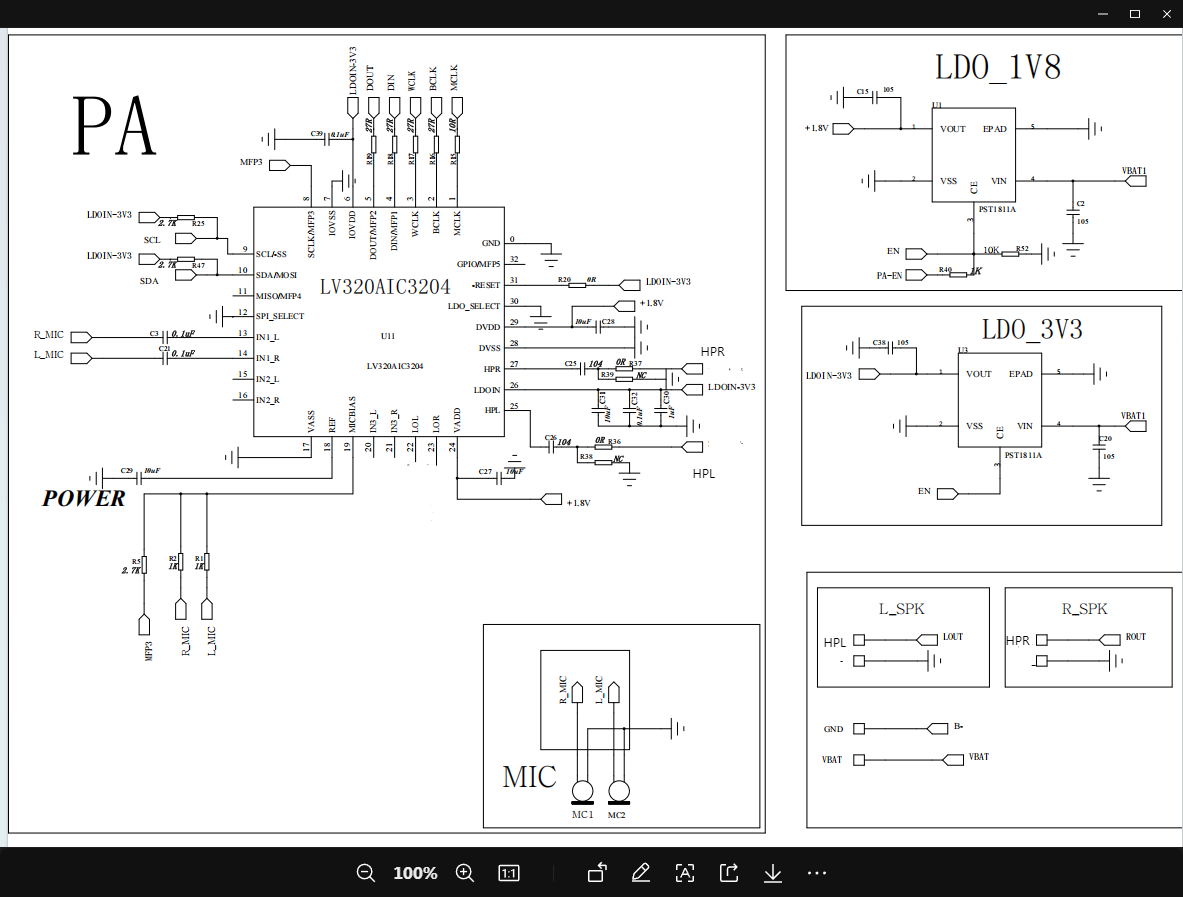
regards.


